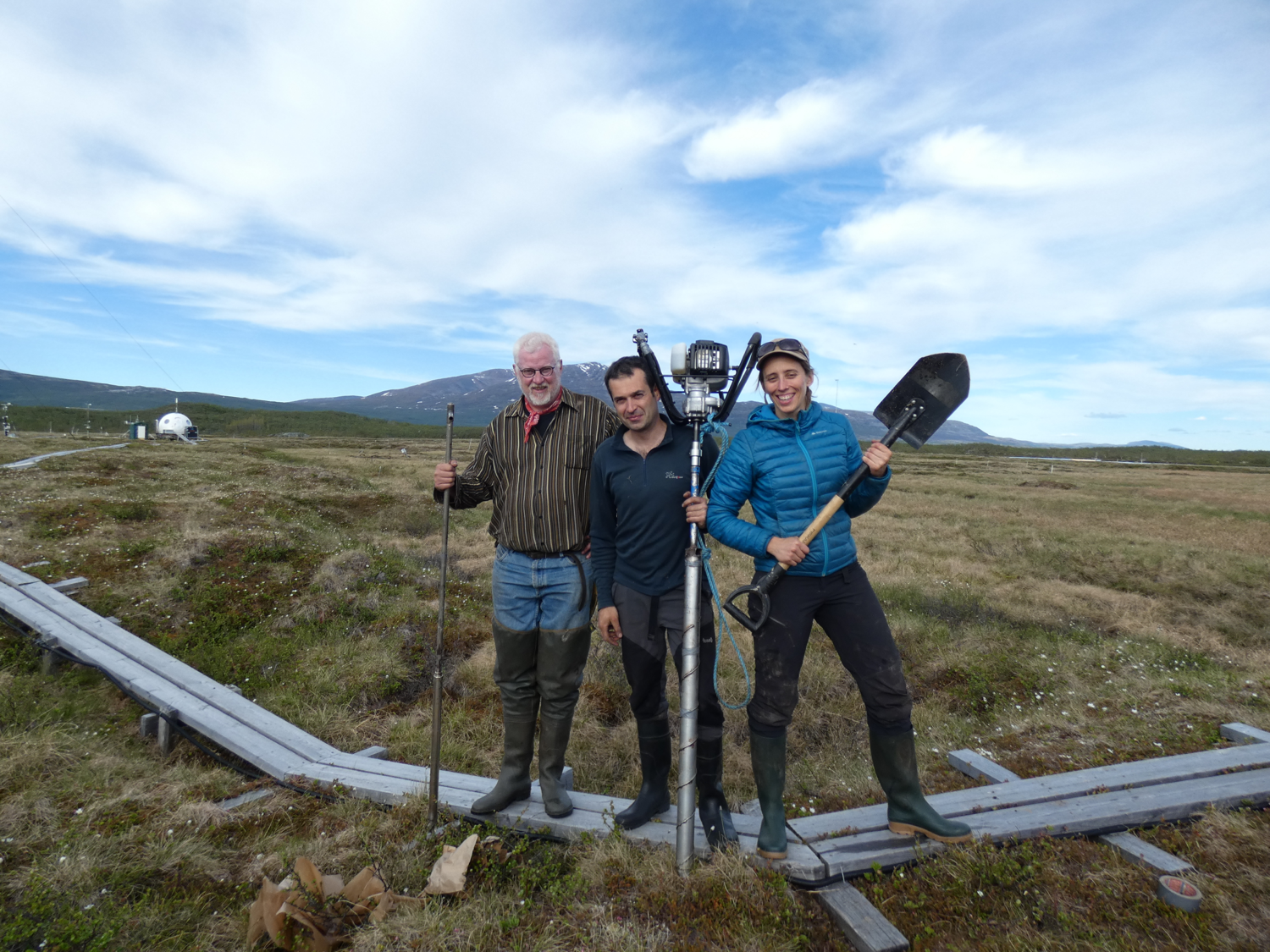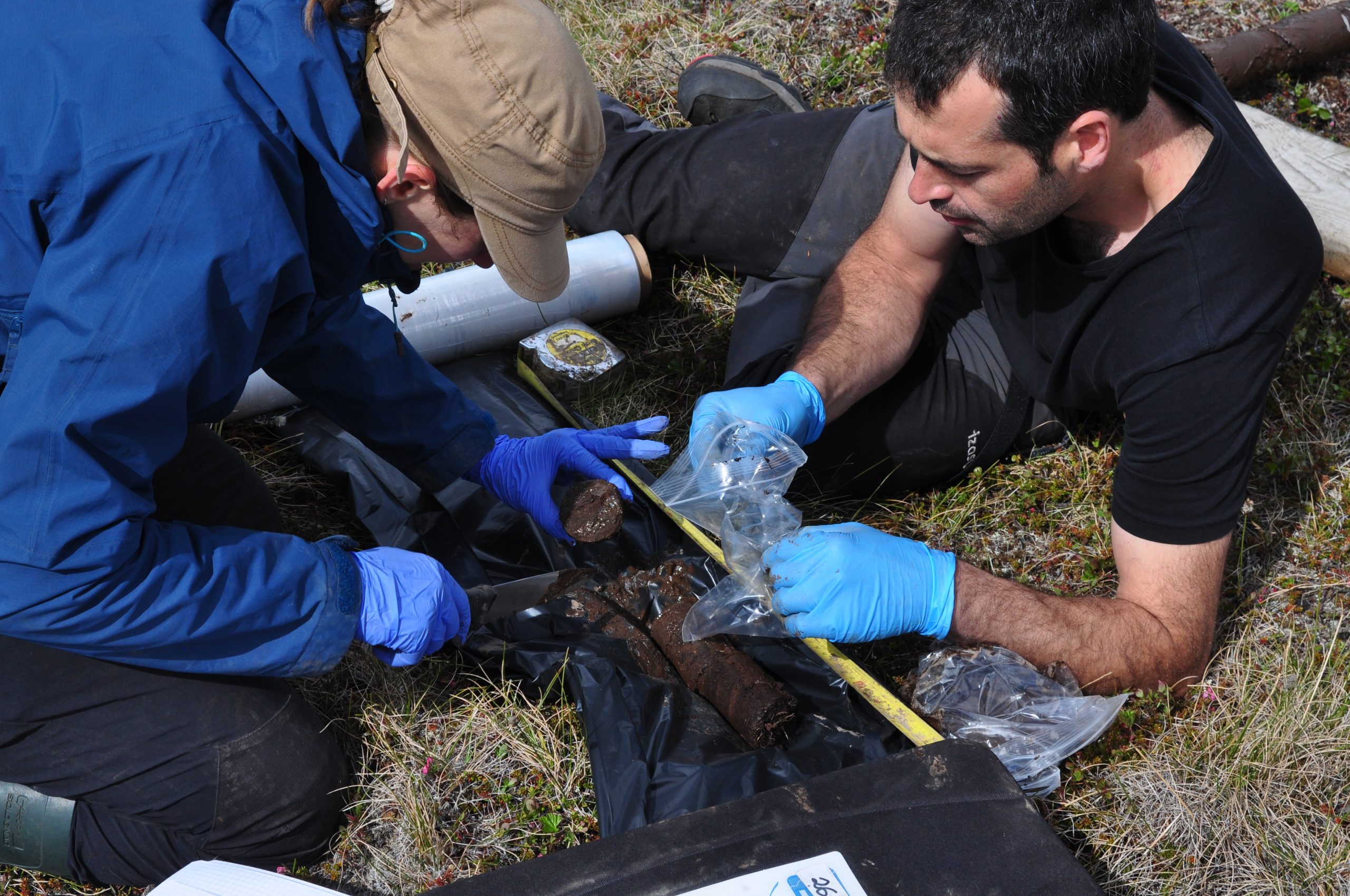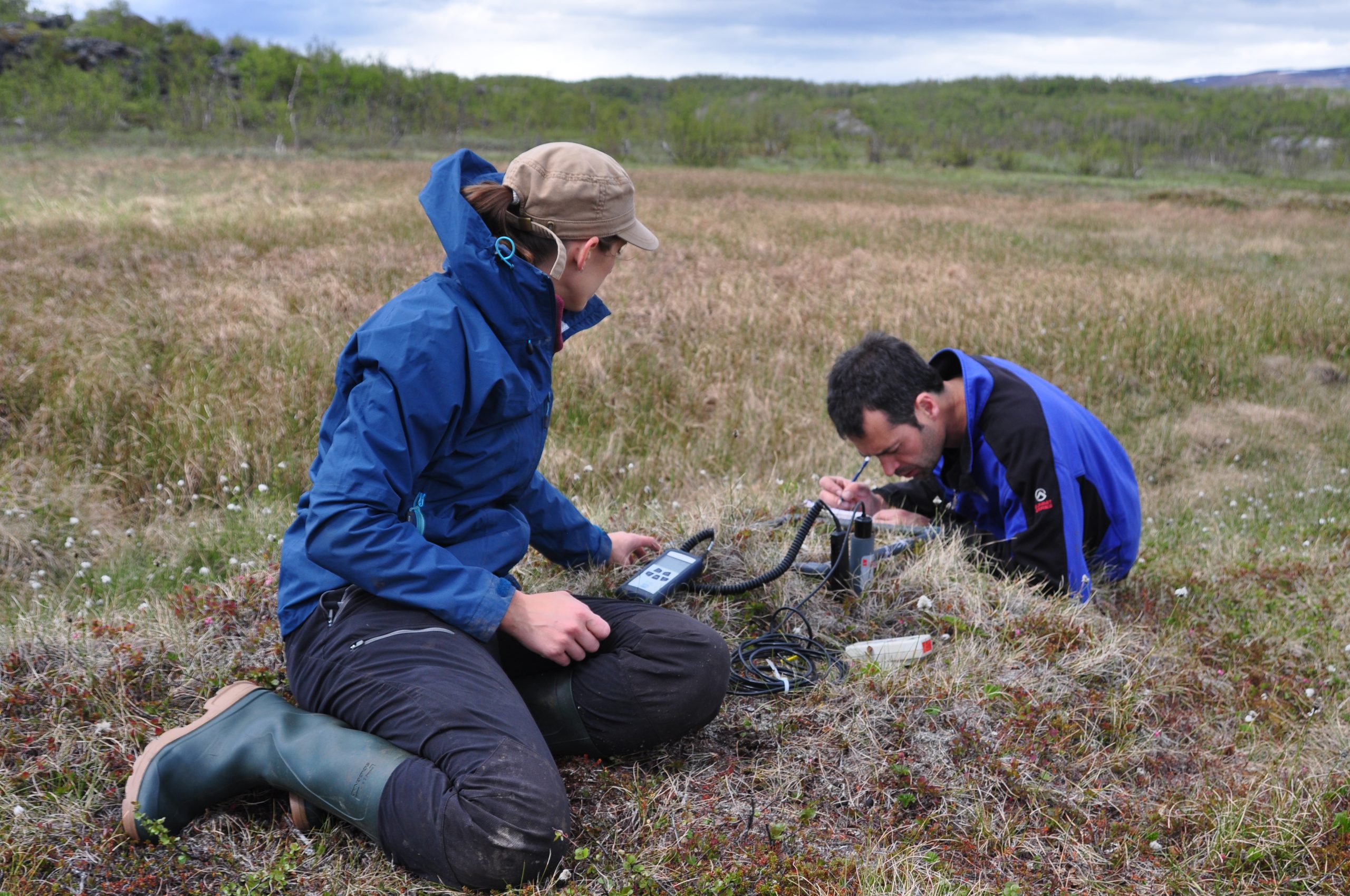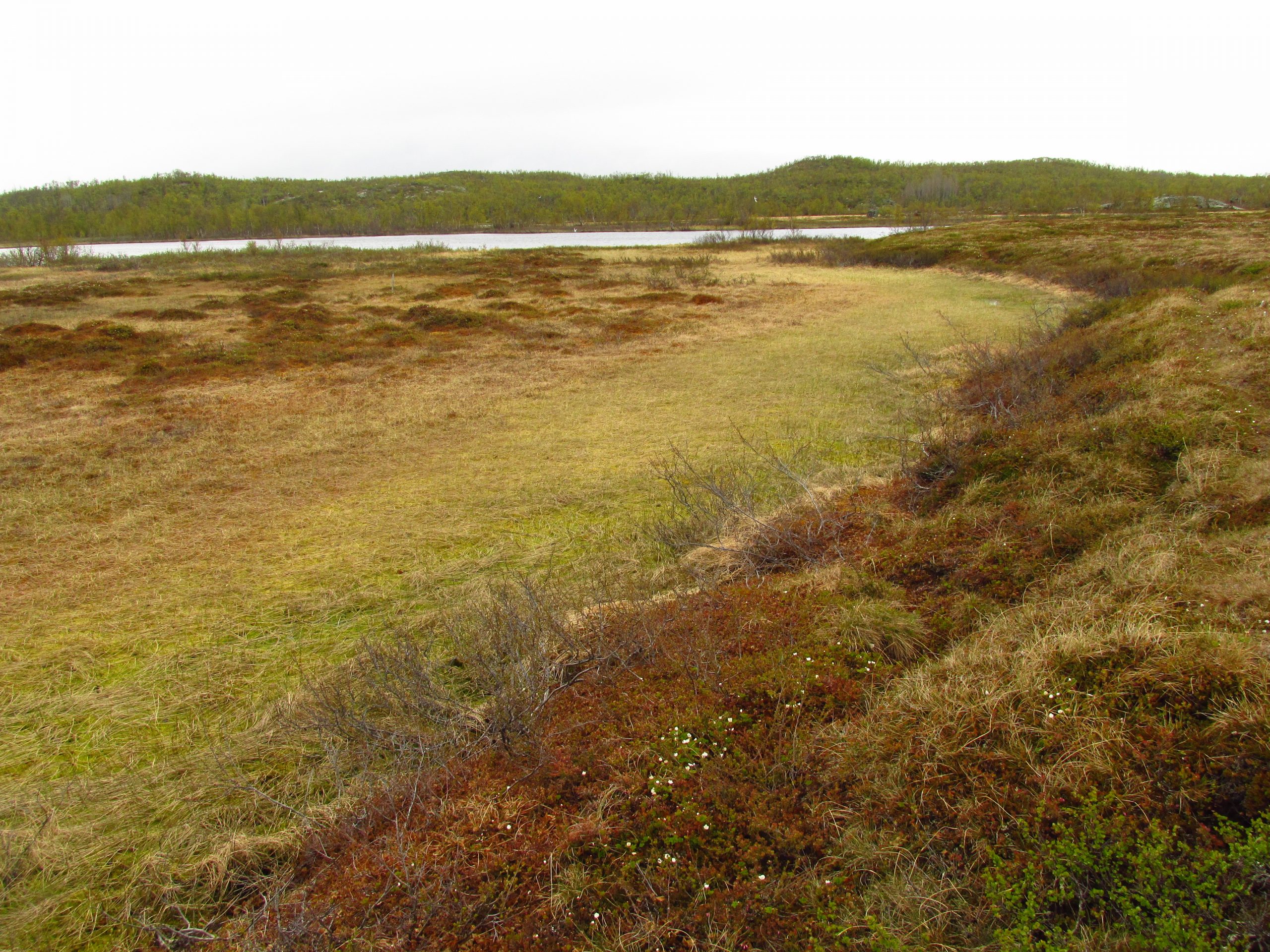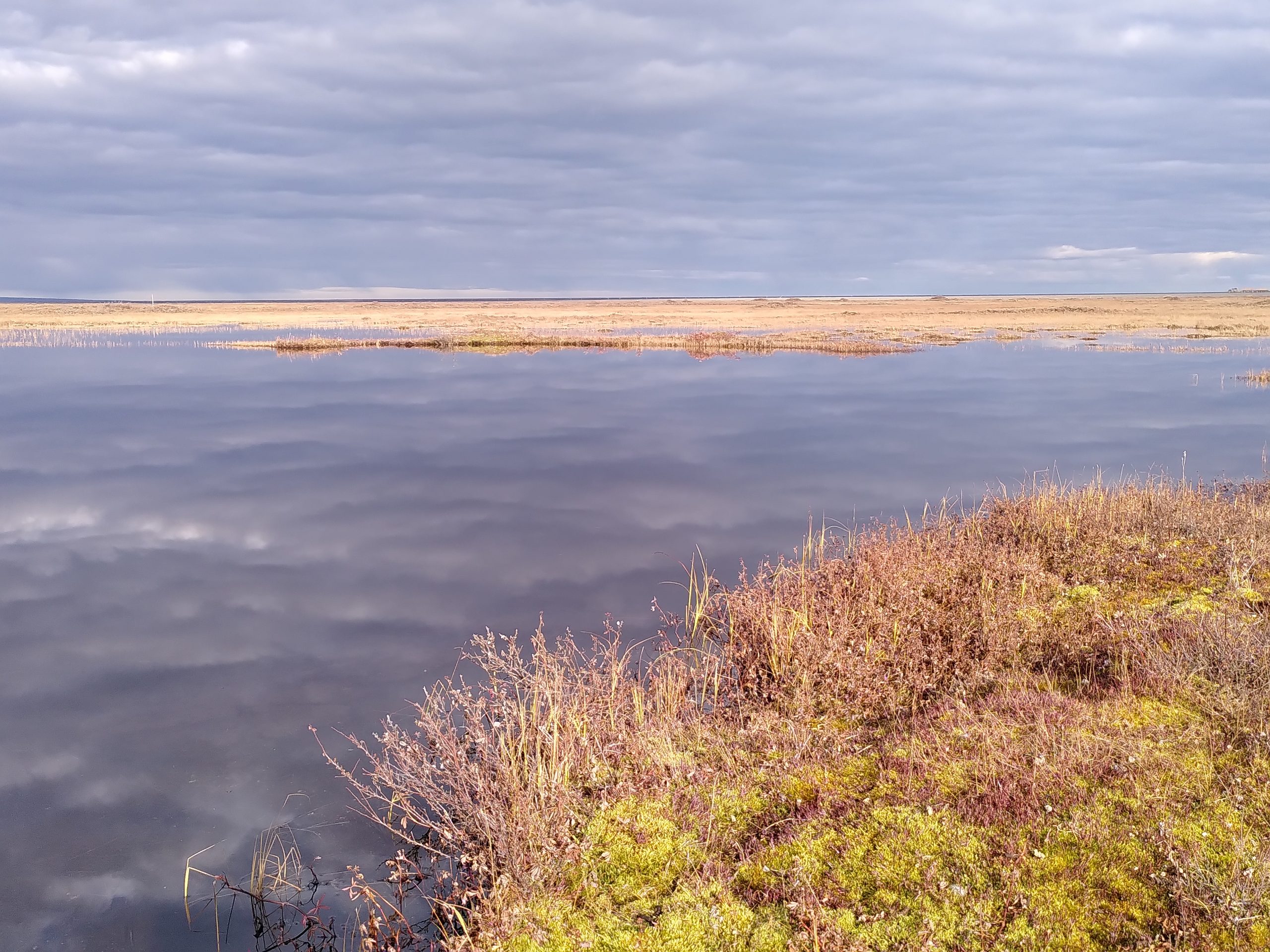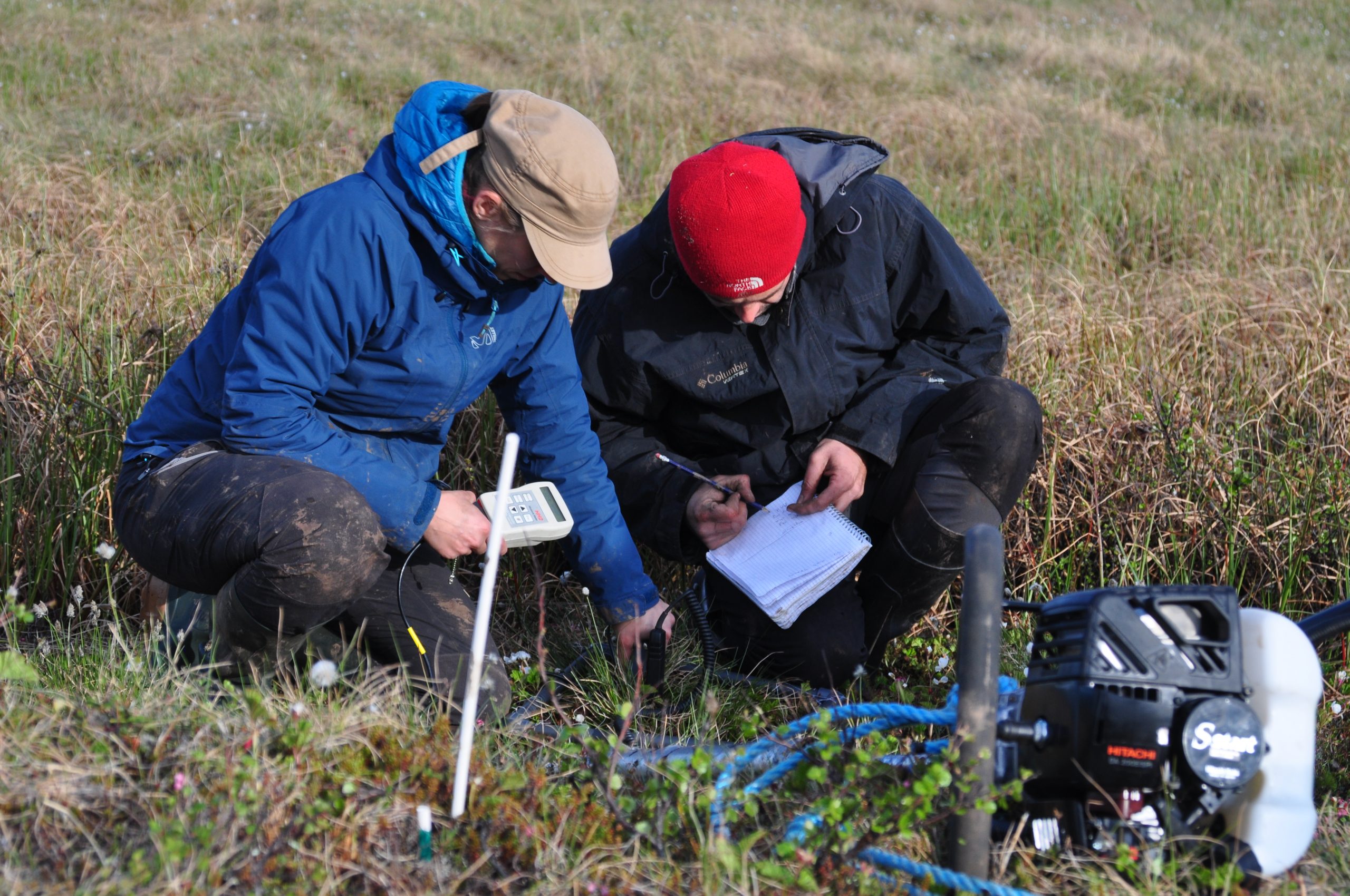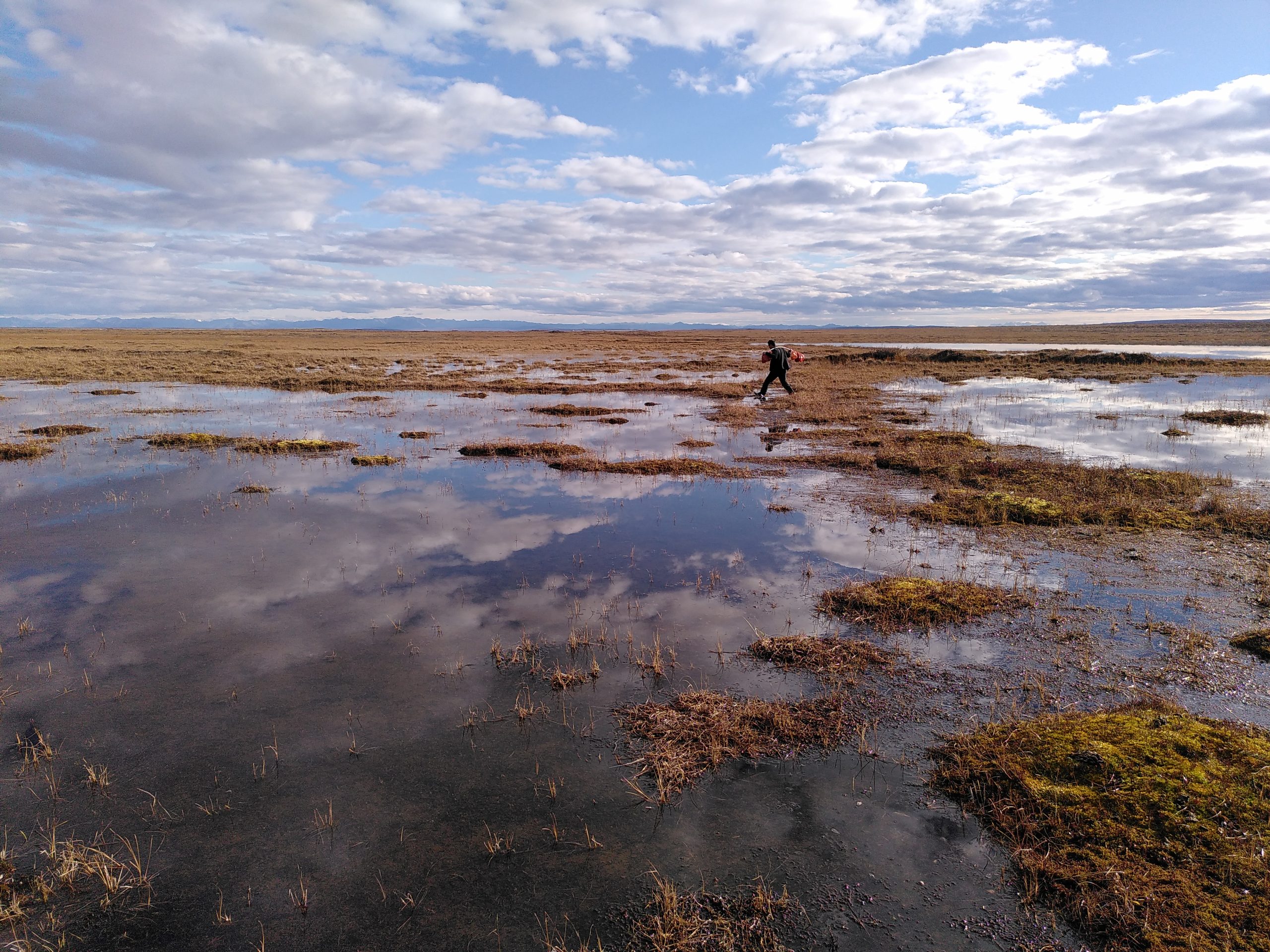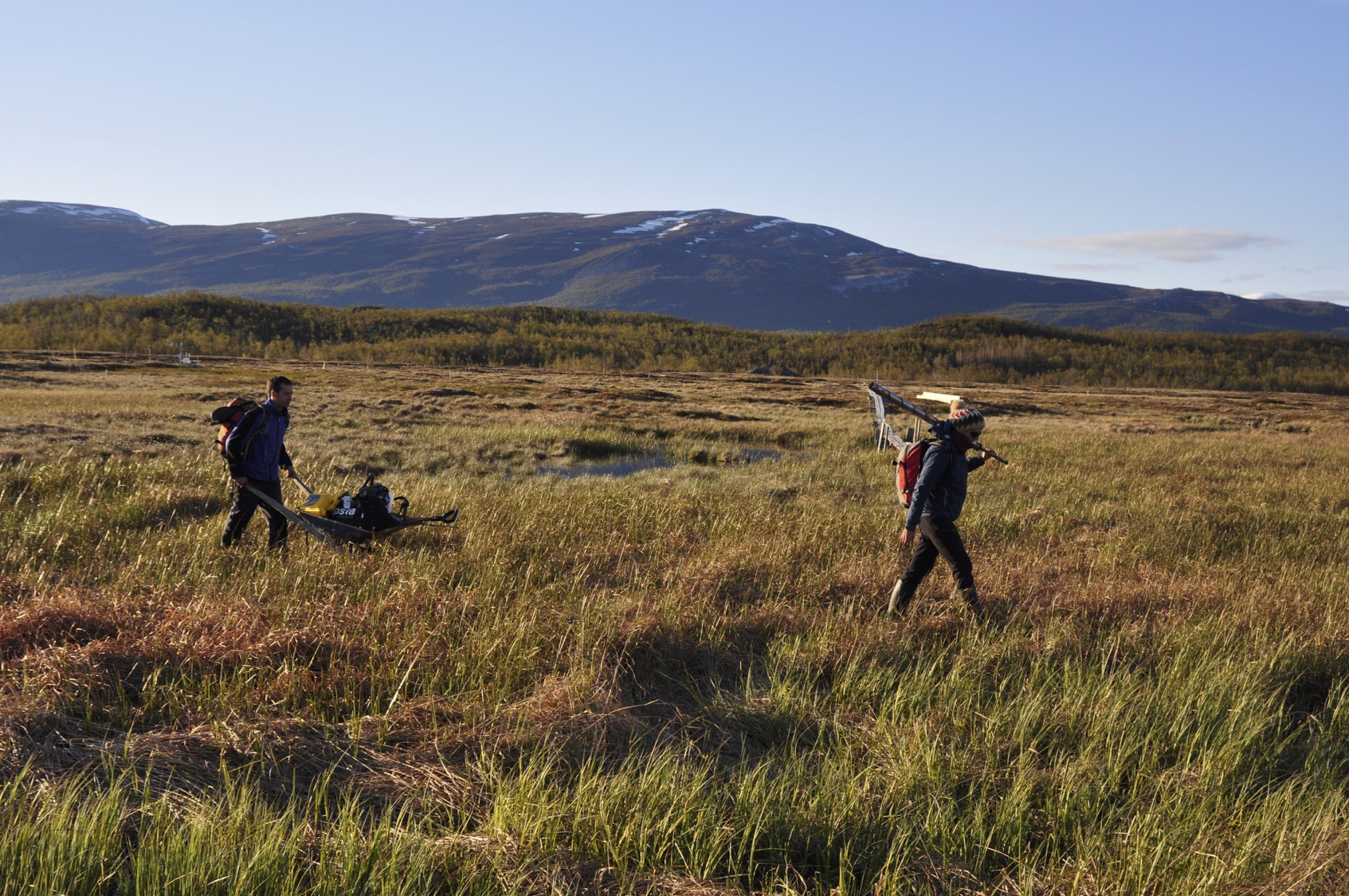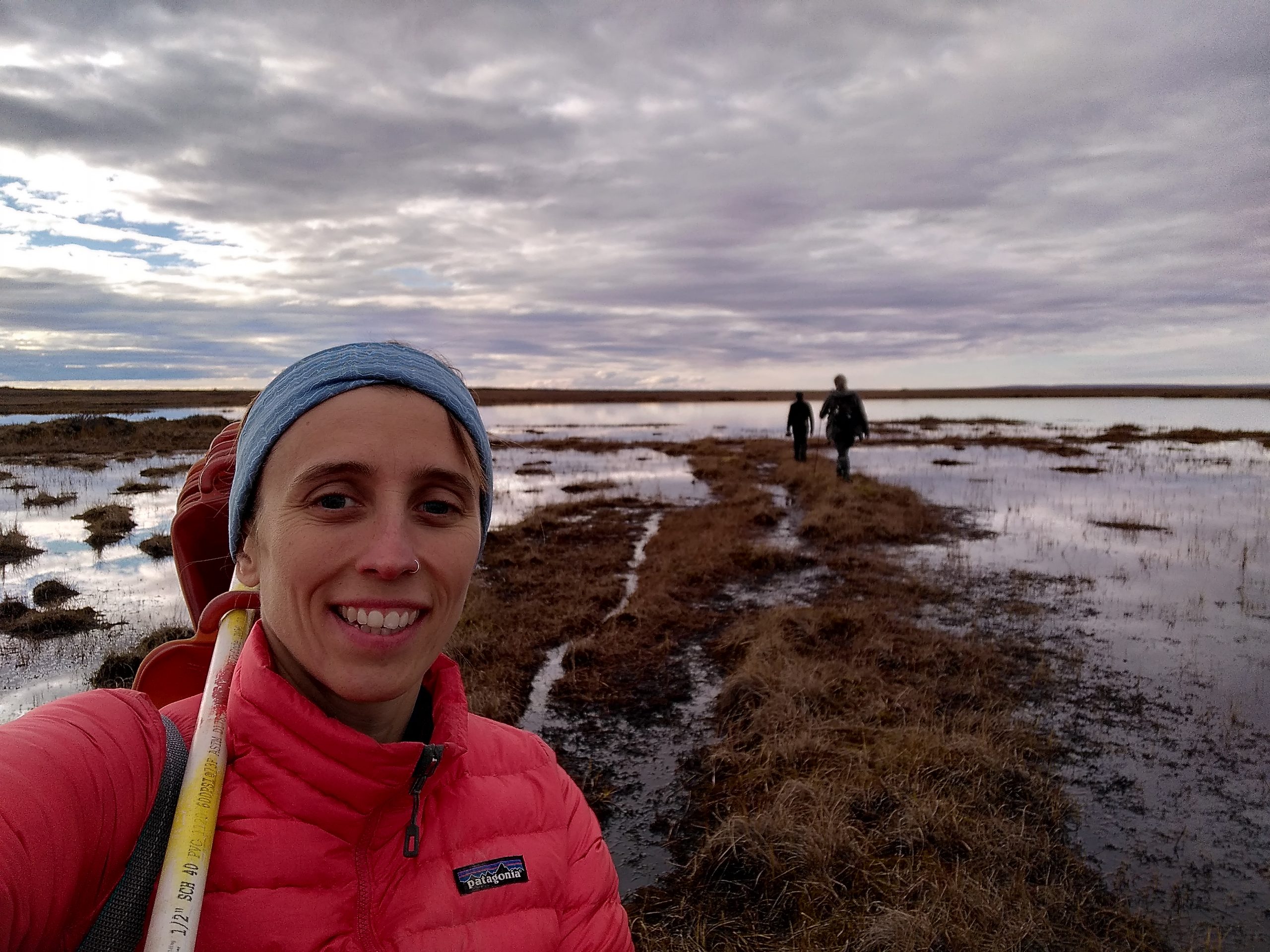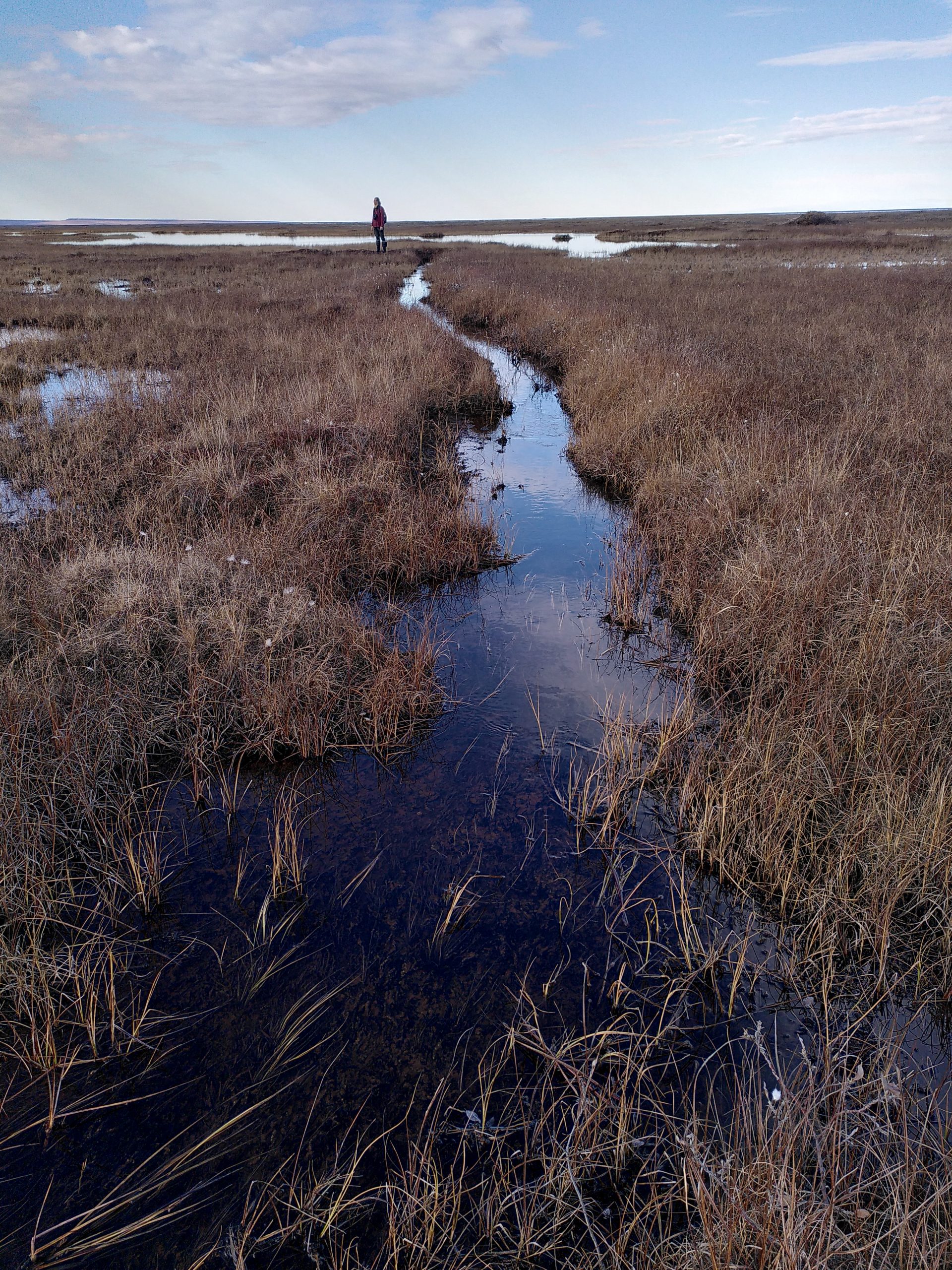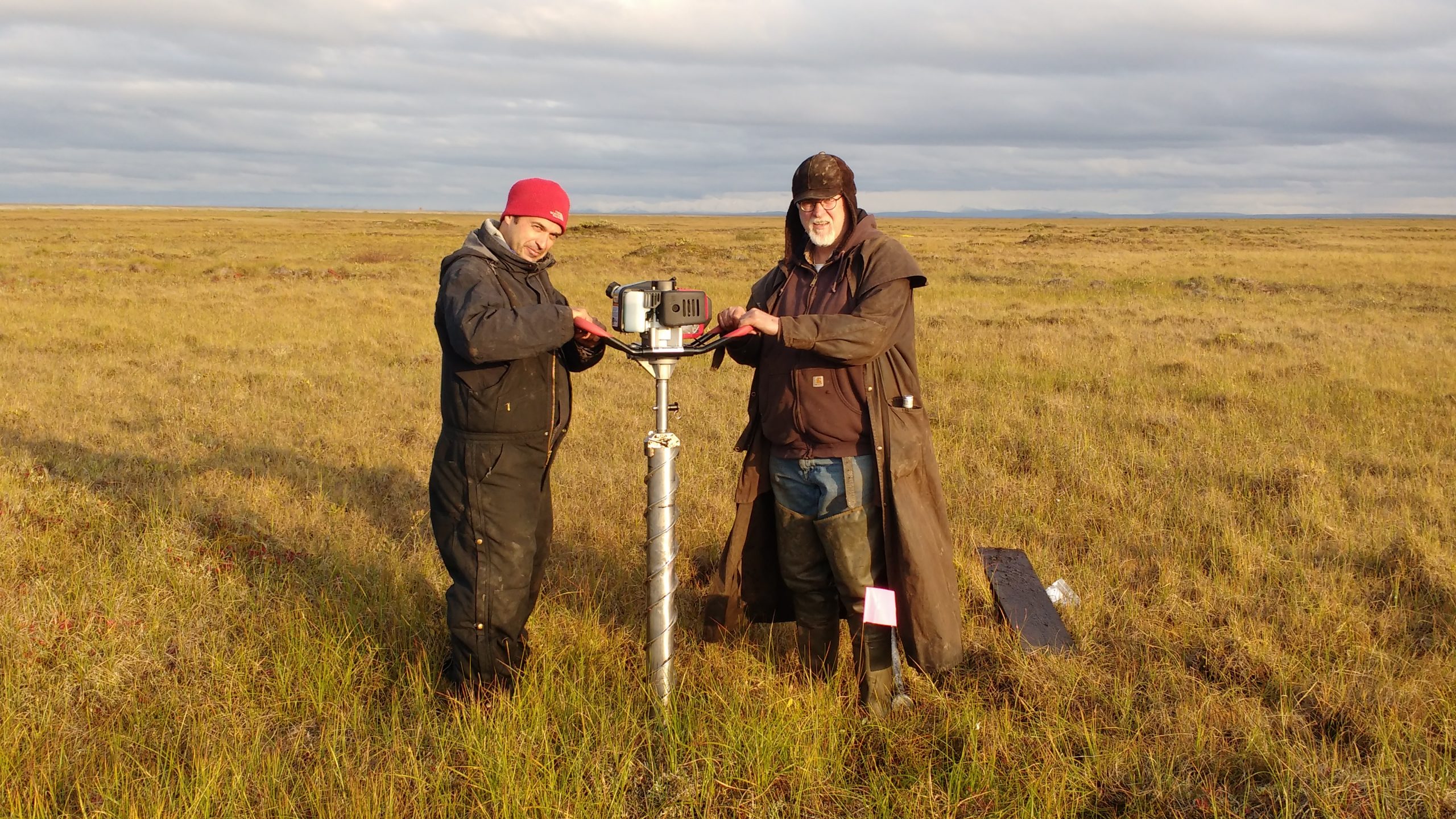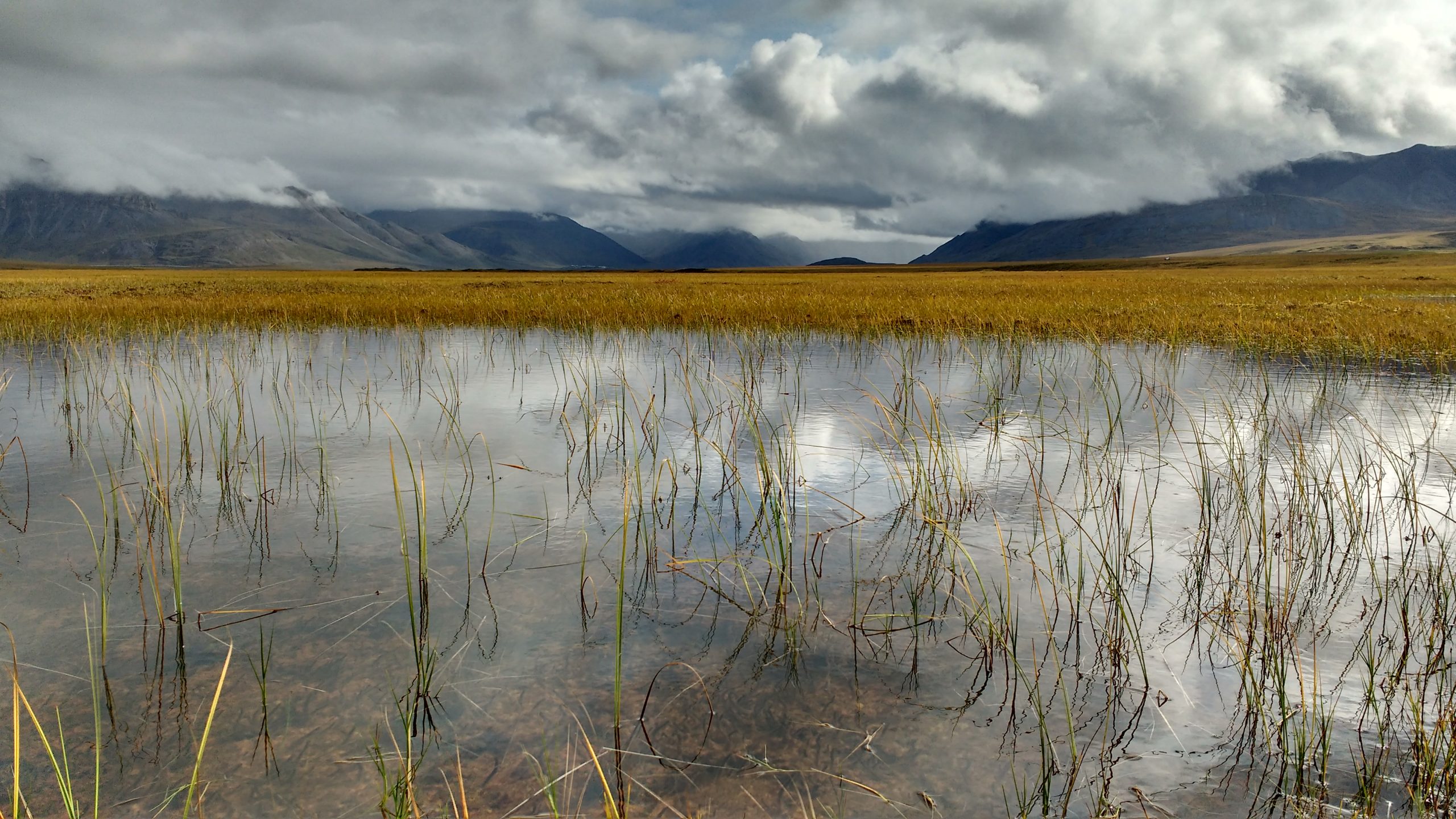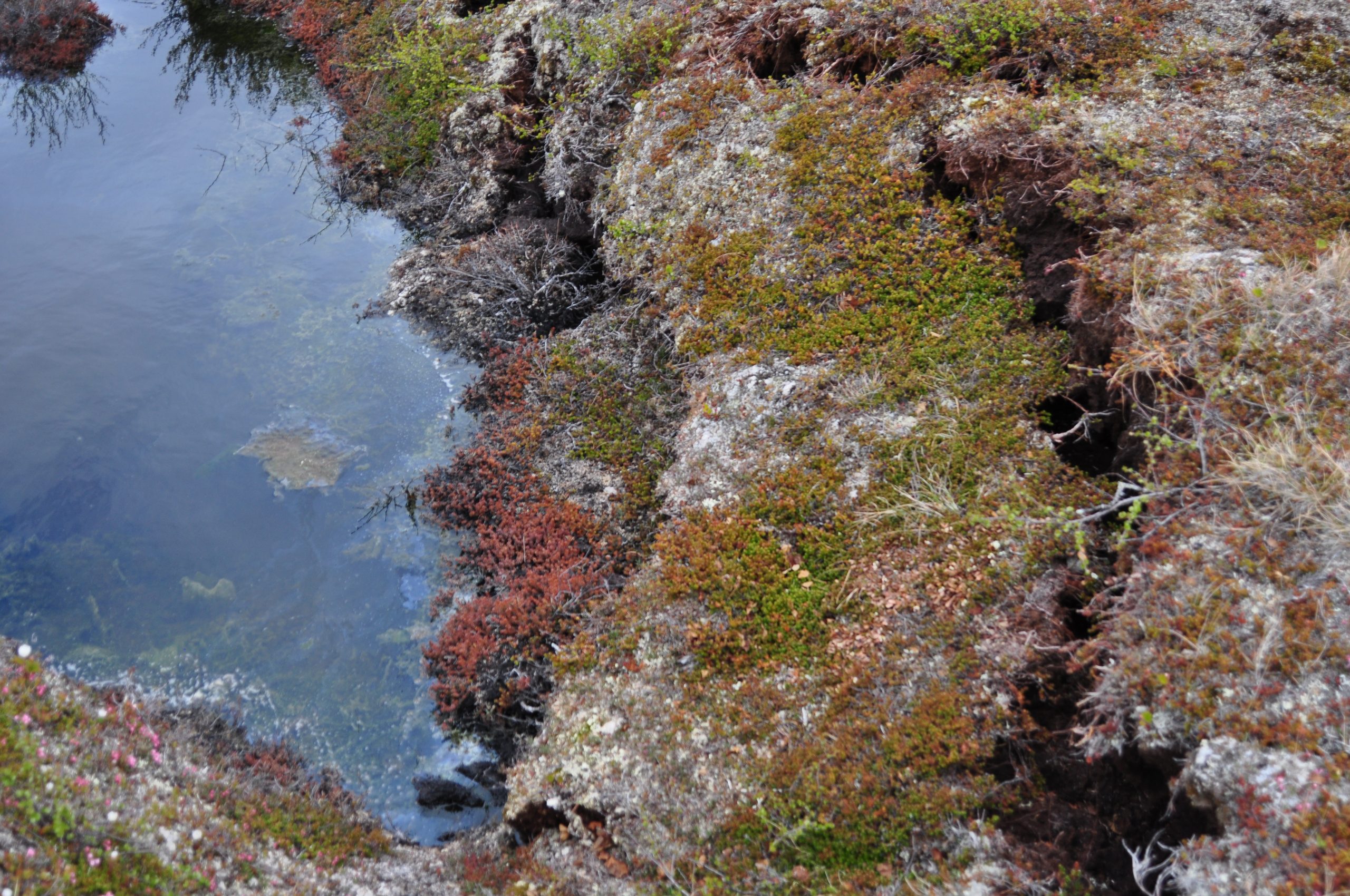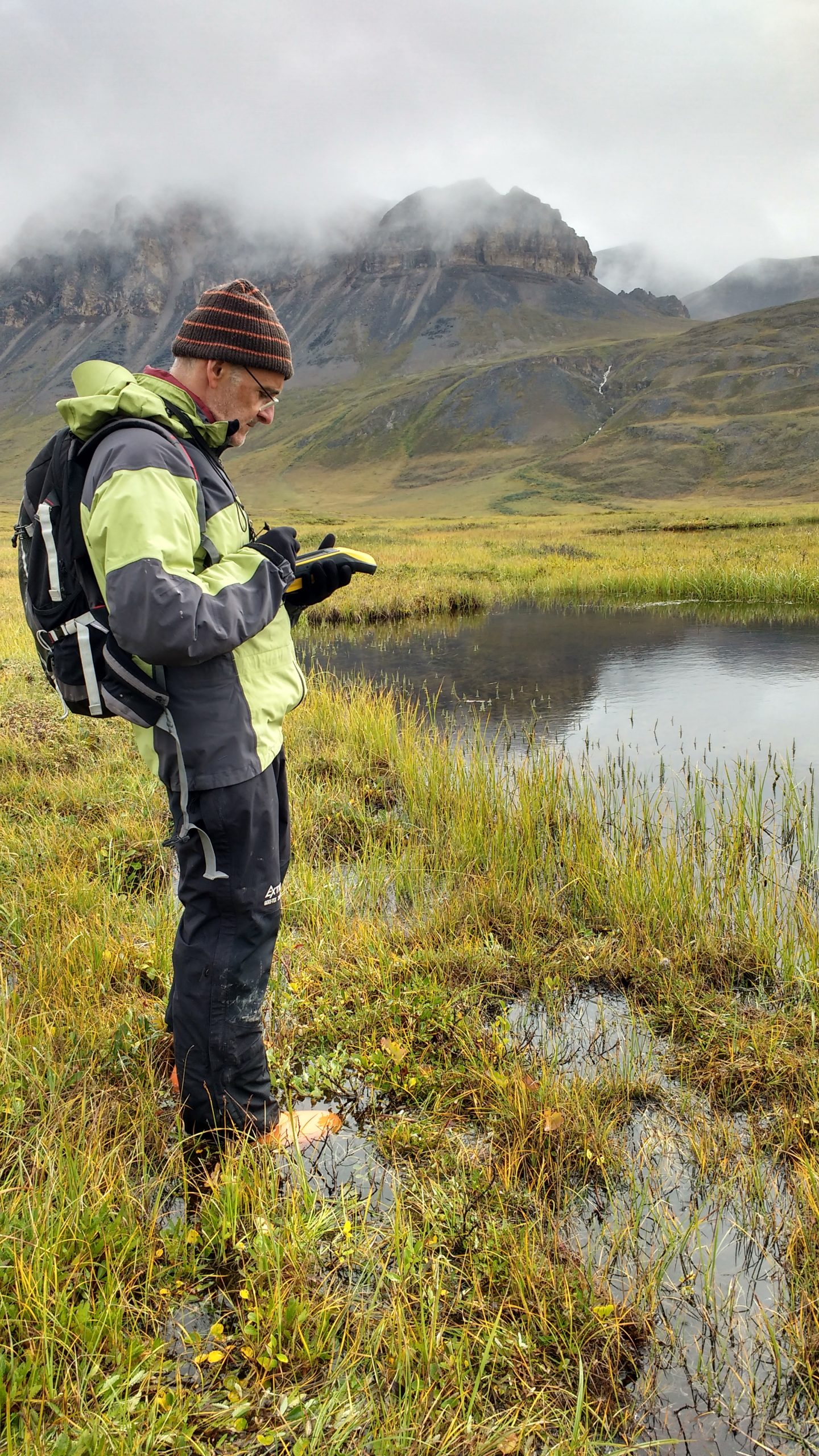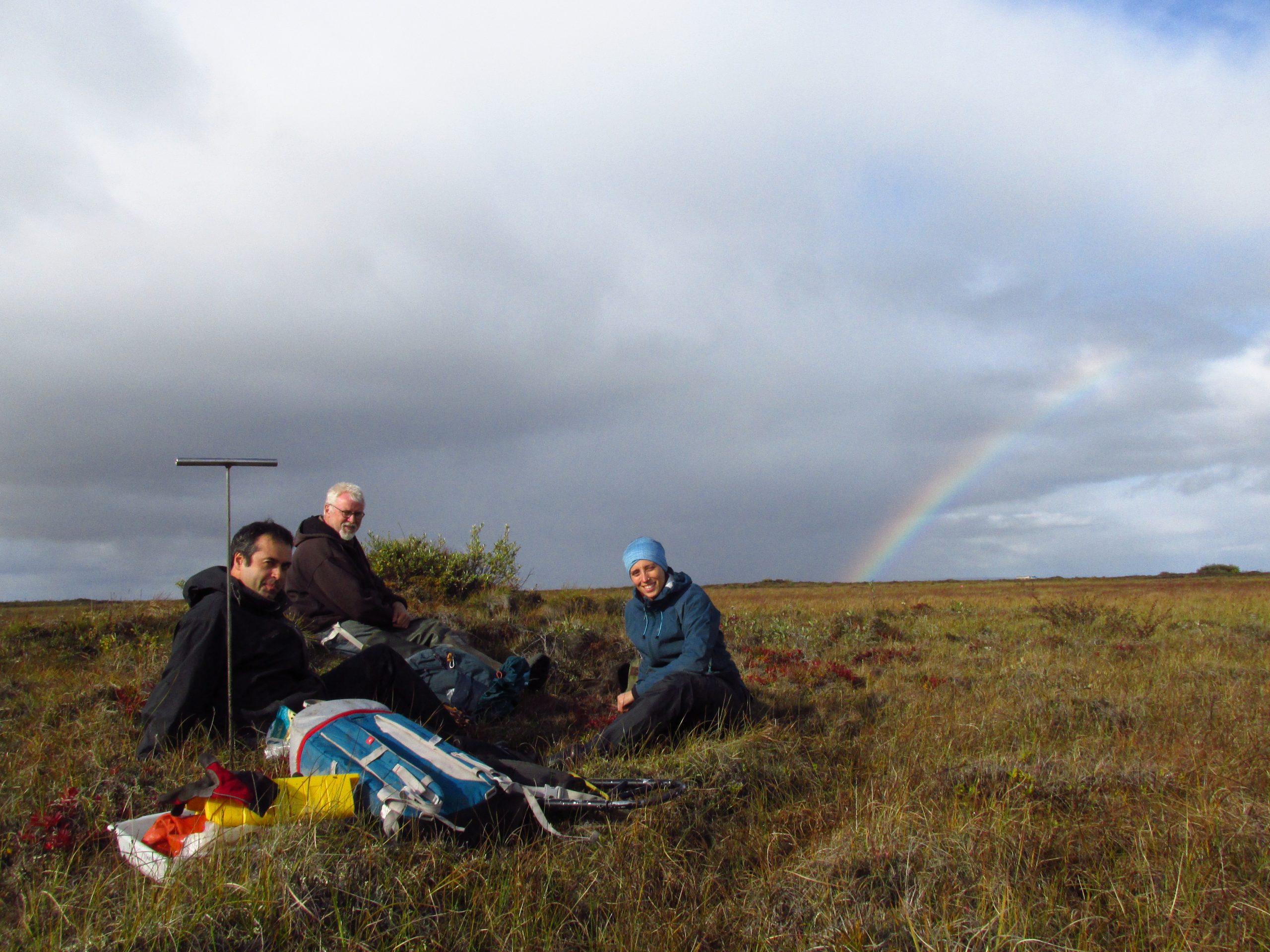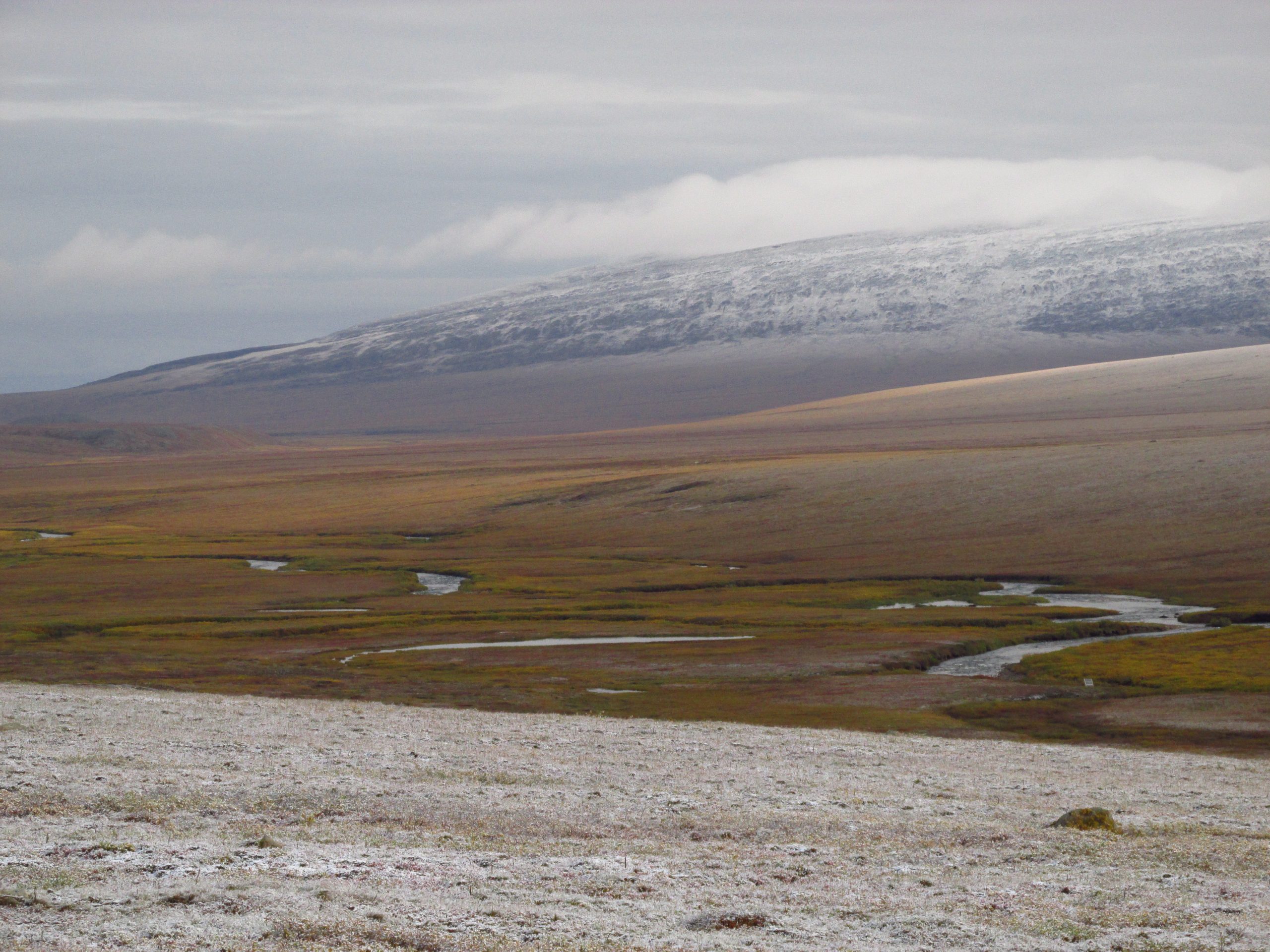Permanent frozen ground (permafrost) underlies 24% of land area of the Northern Hemisphere. These areas constitute large carbon (C) and nutrient stocks on organic soils or histosols, currently stabilized by frozen or saturated conditions in permafrost peatlands.
We focus on the hazards of soil erosion and loss of nutrients in polar regions in areas dominated by organic soils to understand how permafrost thawing impacts microbial, plant and soil biogeochemistry under a geomorphological and hydrological control. Our research, therefore, provides a strategic basis for wise management plans to protect these vulnerable mire habitats as part of climate change mitigation and adaptation policies. Protection of peatlands is promoted by international agreements, as the Ramsar Convention, and is a pivotal strategy for the achievement of UN framework Conventions on Climate Change -Paris Agreement- to reduce greenhouse gas atmospheric emissions. Previous IPCC reports highlighted that peatlands (and especially permafrost peatlands) are still overlooked as strategic regulators of the terrestrial carbon cycle budget.
Our reseach objectives are
- 1) determine environmental factors that control climate-induced thermoerosion and permafrost degradation causing land loss and subsidence, with study sites in Swedish Lapland (Sweden) and Marambio (Seymour Island, Antarctic Peninsula).
- 2) explore the variability of soil biogeochemistry across different intact or degraded permafrost geomophic features and along permafrost thawing gradients (study sites in Abisko (Sweden) and Toolik region (Alaska, EEUU); and
- 3) quantify, from site- to regional-scale, the stocks and fluxes of soil and water C, N and P in a changing landscape.
Collaborations

